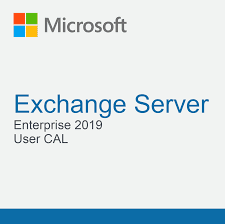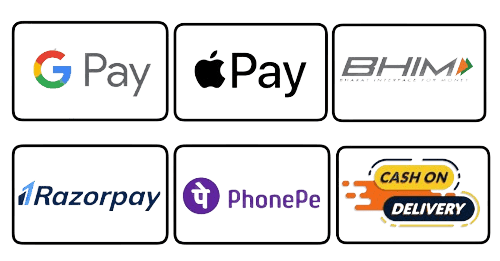
MS Exchange 2019 Standard Client Access Lic User CAL CSP ESD (Perpetual)
Microsoft Exchange 2019 Standard User CAL (Perpetual, CSP, ESD) licenses one user to access Exchange Server services (email, calendar, contacts) from multiple devices. Required in addition to the server license. Delivered digitally with lifetime validity.
Product Name | Microsoft Exchange Server 2019 Standard User CAL |
License Type | Client Access License (CAL) |
CAL Edition | Standard |
CAL Type | User CAL (licensed per user, not per device) |
Delivery Method | ESD (Electronic Software Download) |
Sales Channel | CSP (Cloud Solution Provider) |
Validity | Perpetual (lifetime license – no expiry) |
Compatibility | Works with Exchange Server 2019 Standard or Enterprise |
Server License Required | Yes – sold separately |
Platform Support | Windows Server environment with Exchange Server 2019 |
General
- Software TypeLicense
- License TypeFull
- Language VersionMultilingual
- 64-Bit ComputingYes
- Number Of Years1 Year
- EditionStandard
- User TypeMulti-User
- Activation TypeProduct Key
- Platform CompatibilityWindows 64-bit
- Delivery MethodDigital Key
- Support & Updates1-Year Free Update
- Free Trial AvailableYes


